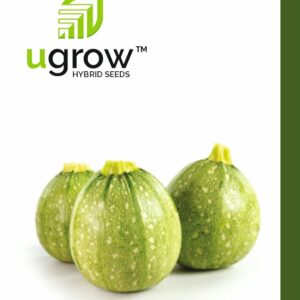“Bitter gourd jhalri” is a specific variety of bitter gourd, commonly known as “Karela” or “Bitter Melon.” Growing bitter gourd jhalri follows similar steps to cultivating other bitter gourd varieties.
Here’s a guide on how to grow bitter gourd jhalri:
- Climate and Soil: Bitter gourd jhalri, like other bitter gourd varieties, thrives in warm and humid climates. It requires well-draining, fertile soil with good organic content. Aim for a slightly acidic to neutral soil pH (around 6.0 to 7.0).
- Starting Seeds: Start seeds indoors or sow them directly into the ground after the last frost date. If starting indoors, plant seeds in pots or seedling trays a few weeks before the planting season. Transplant seedlings outdoors when they have several true leaves and the weather is consistently warm.
- Planting: If sowing seeds directly, plant them about 1 inch deep and space them several feet apart. Bitter gourd jhalri vines can spread, so providing ample space or a trellis for vertical growth is beneficial.
- Sunlight: Ensure the plants receive plenty of sunlight, ideally 6-8 hours per day.
- Watering: Maintain consistent moisture in the soil without allowing it to become waterlogged. Bitter gourd plants need regular watering, especially during dry periods. Mulching around the plants can help retain moisture.
- Support: Bitter gourd jhalri plants are vines that benefit from support structures like trellises or stakes. Providing support encourages upward growth and keeps the fruits off the ground, reducing the risk of rot.
- Fertilization: Prior to planting, enrich the soil with compost or well-balanced fertilizer. Additionally, supplement with fertilizer during the growing season to promote healthy growth.
- Pest and Disease Control: Bitter gourd plants, including jhalri, can be susceptible to pests like aphids, whiteflies, and fruit flies. Regularly inspect the plants and use organic or chemical methods as needed to control pests. Keeping the area around the plants clean helps prevent diseases.
- Harvesting: Bitter gourd jhalri fruits are harvested when they are still green and about 4-6 inches long. The fruits can become more bitter as they mature. Use a knife or scissors to cut the fruits from the vine.
- Storage: Use harvested bitter gourds immediately for cooking, as they do not store well for long periods. If storing, keep them in the refrigerator, but they are best consumed fresh.
Adapting care and growing practices to suit your specific climate and local conditions can contribute to successful cultivation of bitter gourd jhalri.















Reviews
There are no reviews yet.